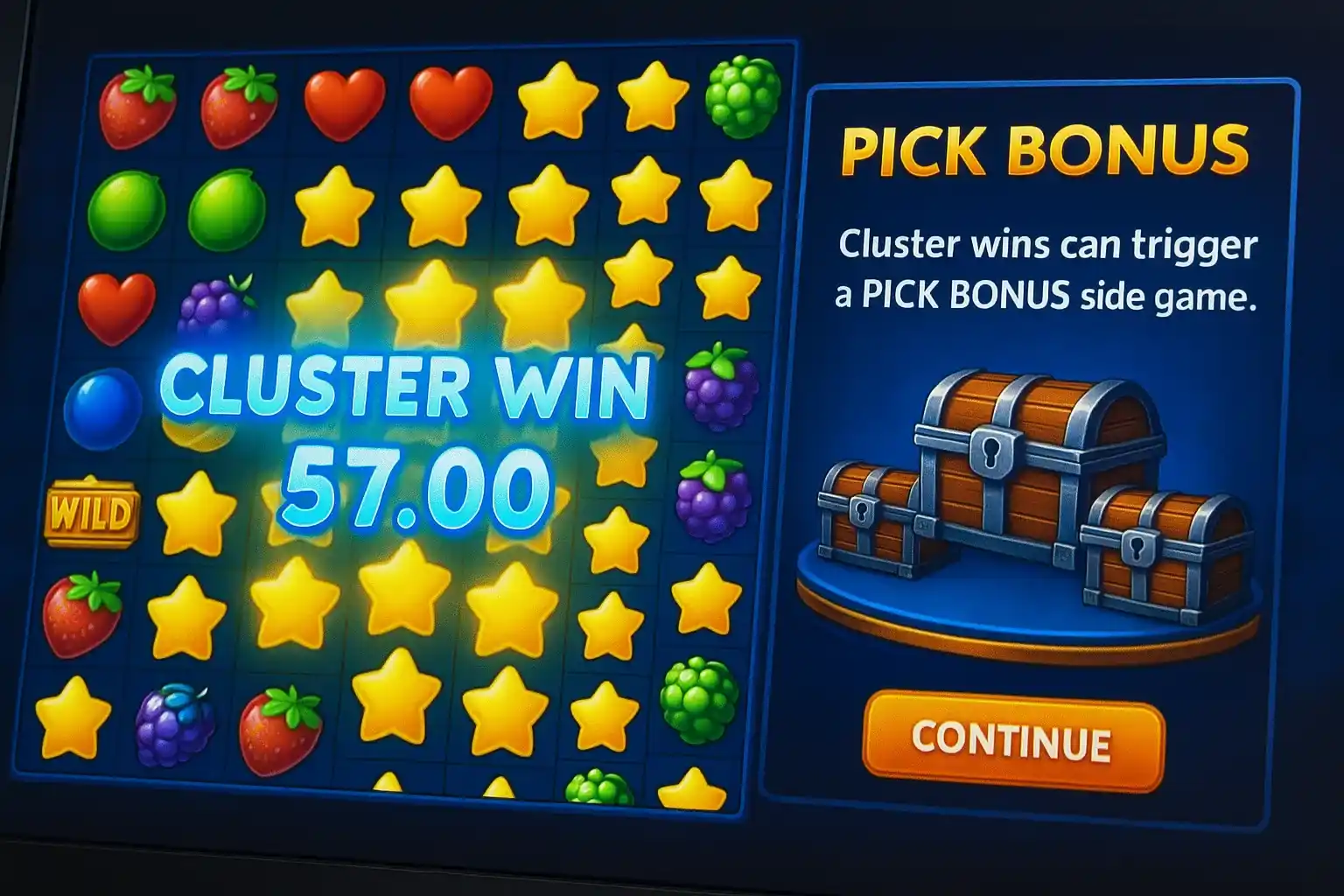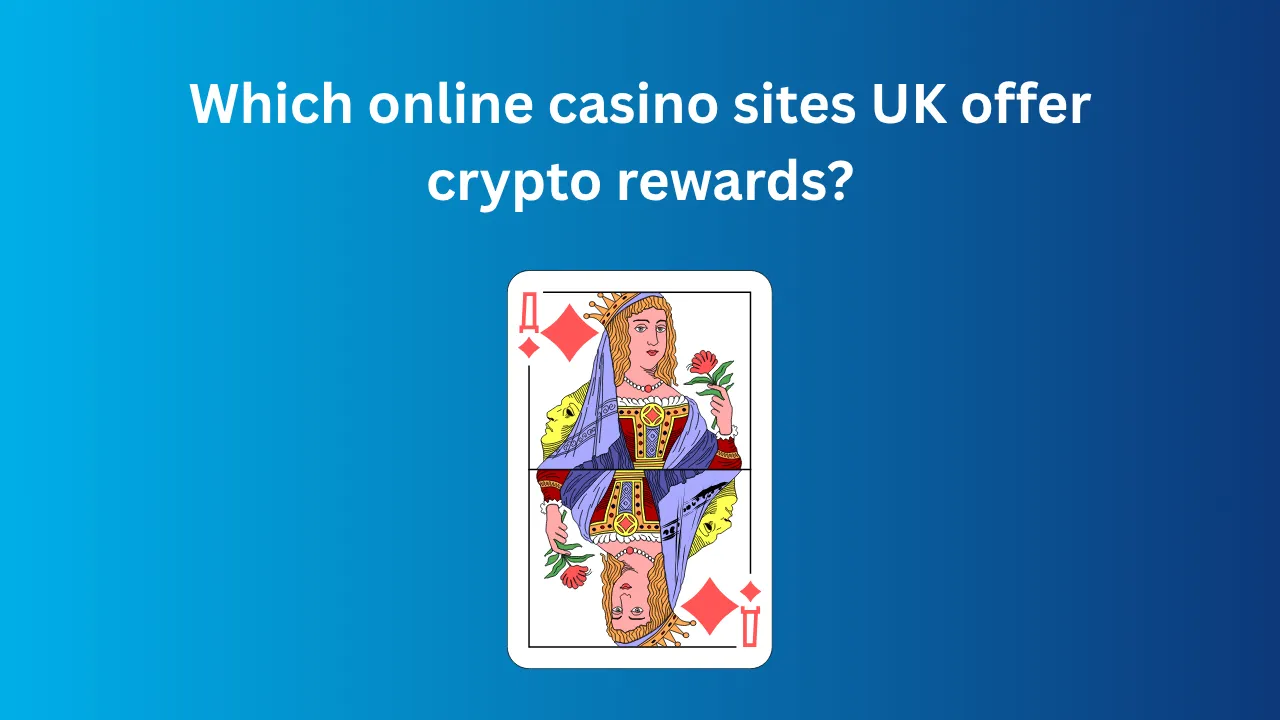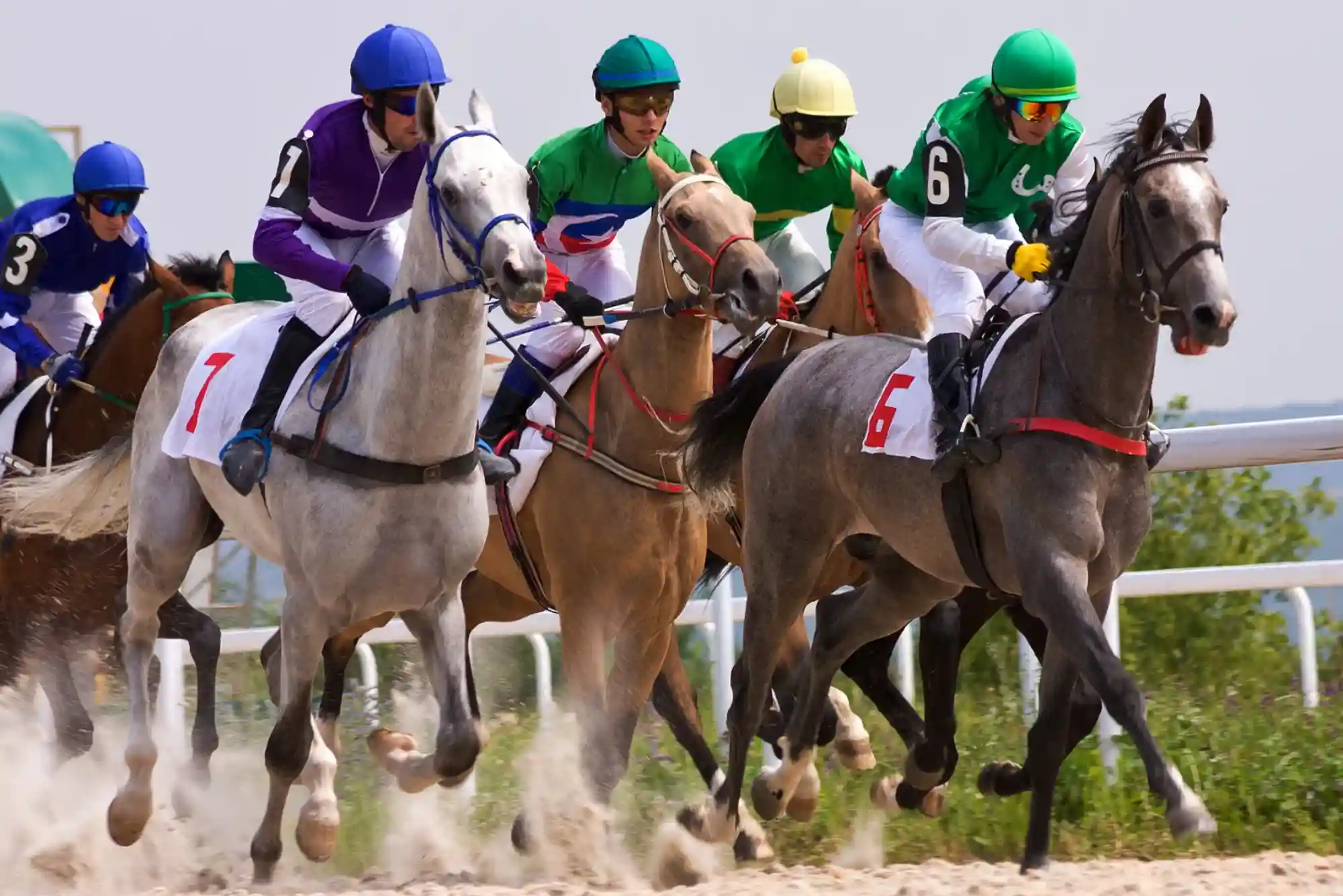I still remember the first time I played a cluster-pay slot and suddenly saw a cascade of sparkling symbols light up my screen. The thrill of witnessing dozens of matching icons vanish in one go was incredible. Then, as the last symbol fell, a banner popped up announcing that I’d unlocked a side game—usually a pick-and-win bonus or free spins. That moment sparked my curiosity: why exactly do cluster wins trigger side games? Over the years, after testing dozens of titles and talking with developers at industry events, I’ve pieced together the reasons. In this article, I’ll walk you through the mechanics behind cluster wins, the psychology and design philosophies that drive bonus features, and what it means for both players and operators.
How Cluster Wins Work in Modern Slots
At their core, cluster-pay slot games discard the traditional payline structure and instead award wins when groups of matching symbols touch horizontally or vertically in clusters—often requiring at least five identical icons. When a cluster win occurs, those symbols disappear in a cascade, making room for new symbols to drop in and potentially create additional wins in a single spin. This cascading effect underscores most cluster games, keeping excitement high as new wins can snowball from one spin.
This mechanic naturally sets the stage for triggering side games. When a cluster achieves a size or value threshold—say, a group of 8 symbols or winning a certain amount—the game’s code flags the event. That flag tells the slot to shift from the base game into a bonus sequence, where the player might pick from hidden items, spin a bonus wheel, or play a mini-game with unique rules and higher potential rewards.
The Role of Side Games in Player Engagement
Developers link cluster wins to side games for two main reasons: reward pacing and engagement. Cluster wins already feel more dynamic thanks to cascades, but adding a bonus round amplifies the thrill. After the technical flag signals the bonus, the player is whisked into a short but memorable diversion—often with upgraded visuals, unique audio, and special mechanics. This break from the base game loop not only heightens joy when the bonus pays out but also creates a sense of achievement.
Adding side games taps into fundamental behavioral principles. The unpredictability of a bonus activation—especially after a large cluster—drives dopamine release. In practice, the reward feels twice as satisfying: first when the cluster hits, then again when the bonus plays out. Operators know this two-step payoff encourages longer sessions and higher return visits.
A Case Study with Aviator Casino Game Mechanics
An interesting analogy can be drawn with the aviator casino game from crash-style titles. While Aviator doesn’t use clusters, it relies on a similar psychological hook: when your plane reaches a certain multiplier, you unlock in-game rewards or free bets. The principle is the same—hit a milestone, and you’re whisked into a bonus environment that feels separate from the core gameplay. In both Aviator and cluster slots, developers weave in reward thresholds that trigger a new experience, enhancing player satisfaction and retention.
Technical Implementation of Cluster-Triggered Bonuses
Under the hood, every modern slot runs on a client-server model where the server—the Random Number Generator (RNG) engine—determines the spin outcome. Once the outcome qualifies as a cluster win meeting bonus criteria, the server sends a signal to the client (your browser or app) to transition. That transition code sits neatly alongside the base game’s animation routines. Because symbols already animate away in a cascade, developers can seamlessly introduce bonus graphics, keeping the flow uninterrupted.
Operators often configure bonus thresholds in a Title Configuration File (TCF). In this file, parameters such as “cluster_size_for_bonus” or “win_amount_for_bonus” are set. Adjusting these parameters helps studios fine-tune the frequency of side-game triggers. Balance is crucial—trigger too often, and players feel bonuses lose value; trigger too rarely, and the game feels stingy. Through A/B testing and player data analysis, studios find the sweet spot for each market.
Designing Fair and Exciting Side Games
Effective side games stay true to the slot’s theme and mechanics while offering a twist. If you’re playing a jungle-themed cluster slot, you might find yourself picking from ancient relics, each revealing multipliers. Or in a galaxy setting, you tap planets to unlock free spins with special wild symbols. What ties these features back to cluster wins is thematic continuity: clusters of vines or stars symbolically lead you into the side game.
Game designers also ensure side-game math complements the base RTP (Return to Player). If the base game has an RTP of 94%, the bonus rounds might add an extra 3–4% to maintain overall transparency. Players often overlook these calculations, but behind the scenes, every side game is meticulously balanced to satisfy both regulators and profit margins.
Impact on Player Strategy and Bankroll Management
Knowing that cluster wins can unlock side games influences how savvy players approach their bets. For example, increasing your bet size slightly may raise the absolute value of cluster-triggered bonuses, potentially making free spins or pick games more lucrative. I’ve personally experimented with this on mid-volatility titles: bumping up my wager by 10% increased bonus returns enough to offset the higher risk, but only if I managed my bankroll carefully.
It’s also wise to watch for in-game prompts that show progress toward side-game triggers—some slots display counters or visual cues when you’re close to the next cluster milestone. By recognizing these hints, you can adapt your play session, taking breaks before pressing on and avoiding emotional overspend when a bonus feels “due.”
Future Trends: Evolving Bonus Structures
As cluster mechanics mature, we’re seeing hybrid models where players earn “cluster points” toward a progressive jackpot or unlock cascading bonus tiers. Imagine hitting a series of medium-sized clusters to charge up a meter; once filled, you access an elite side game with ultra-high multipliers. This layered approach deepens engagement even further.
Furthermore, cross-game promotions might tie together cluster slots and titles like the aviator game by letting players carry bonus credits between games. Such integrations encourage exploration of an operator’s entire portfolio, enhancing loyalty and offering fresh ways to experience rewarding side games.
Conclusion
Cluster wins trigger side games because developers and operators understand the psychological power of milestone-based rewards. The cascading thrills of a cluster combine perfectly with the break-and-bonus excitement of a side game, creating a double-jolt of player satisfaction. From technical configurations in the RNG server to thematic design choices, every aspect aligns to make bonuses feel both rare and rewarding. As clusters evolve into richer, multi-tiered experiences and studios explore new cross-game integrations, we can look forward to even more innovative ways our favorite slots and games will surprise—and delight—us.




